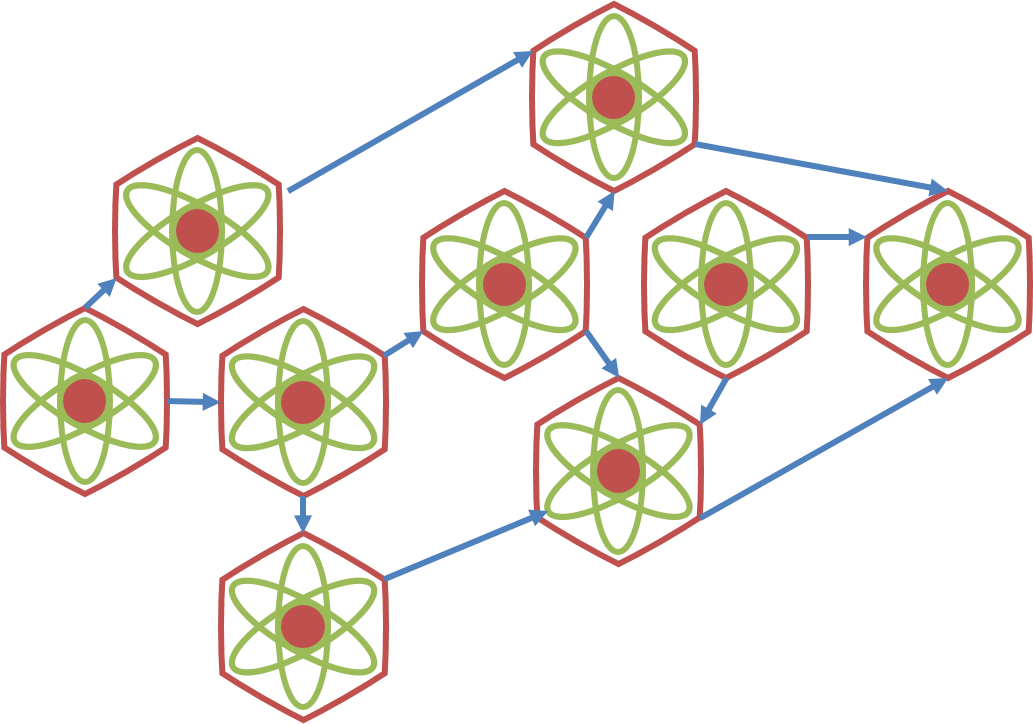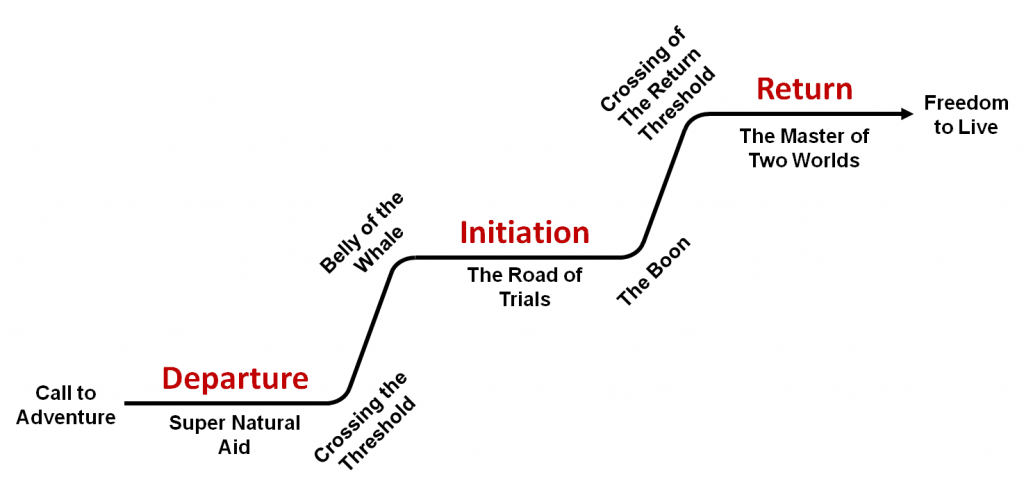Narrative is in my opinion, one of the most powerful yet underrated ways of improving almost anything! A good story can carry you through the most boring of times by creating the most exciting of images in your imagination.
However, building stories into certain, less “play” compatible environments can be a challenge. So can creating stories that fit with the very “stop/start” nature of many gamified environments.
What is Narrative?
First, let’s look at what narrative actually is. Put over simply, a narrative is just a story. However, the way I like to look at the difference between a narrative and a story is that a narrative is happening now, whereas a story has already just happened (and a collection of stories is a history…).



